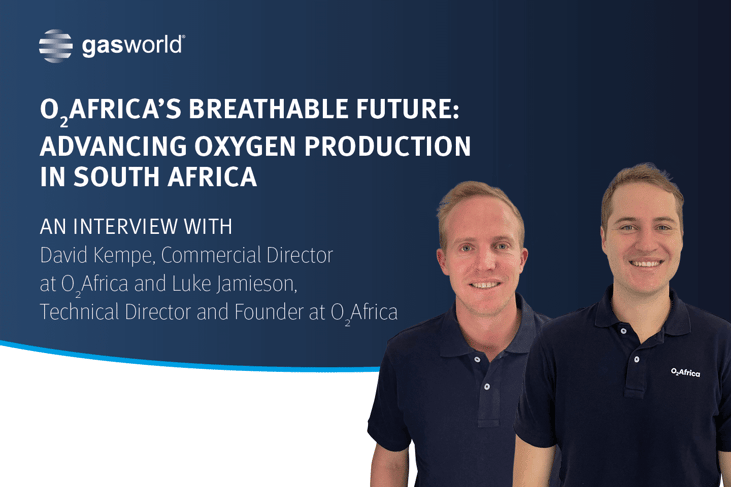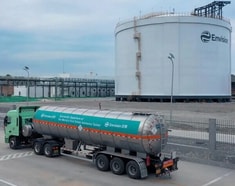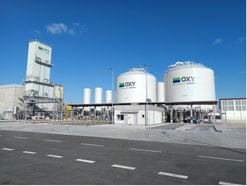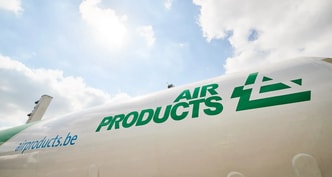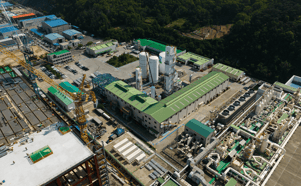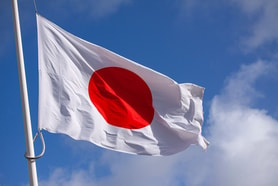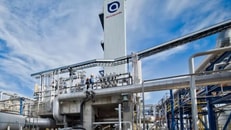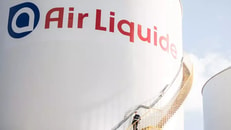O2Africa’s breathable future: Advancing oxygen production in South Africa
In the realm of healthcare, few resources are as indispensable as medical oxygen. From battling the perils of Covid-19 to aiding the treatment of respiratory ailments and childbirth complications, oxygen stands as a cornerstone of modern medicine.
In few places is this significance more apparent than in South Africa, a country marked by both the persistent burden of respiratory disease and the urgency brought forth by the Covid-19 pandemic.
South Africa’s healthcare landscape is marked by a complex interplay of factors that make it particularly vulnerable to the impact of diseases requiring oxygen therapy.
... to continue reading you must be subscribed

